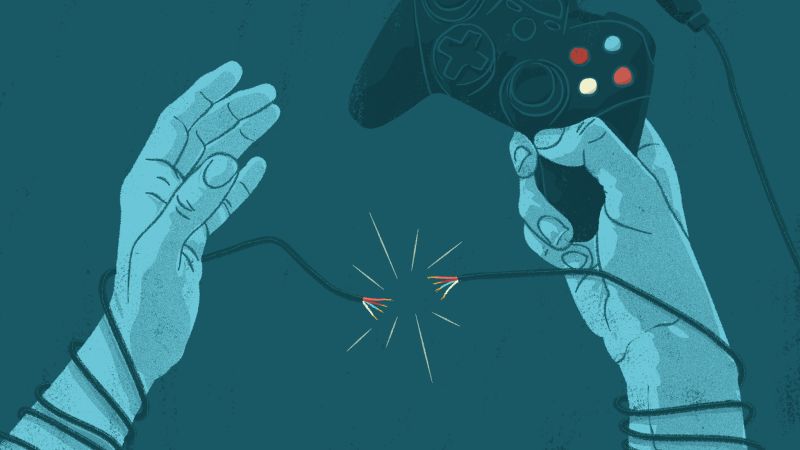I’ve been meaning to write for while about Kompu Gacha (or Complete Gacha), a game mechanic that was popular in Japanese mobile games until it was banned in 2012 (see this story too). Kompu gacha is an extreme (or complete) form of the gacha game mechanic which was in turn inspired by the ubiquitous gachapon vending machines you find in Japan where for a couple of coins you get a small loot box (sphere) with a random gift in some theme or series. Children collect items by buying the loot boxes with the hopes of getting new trinkets in series that they collect and trade. Mobile games in Japan borrowed this well known play mode and began to include virtual loot boxes that you could buy in-game. Developers fine tuned the system to the point where millions of yen were being spent on vanishingly rare items. This led to a public controversy after there were cases of youth spending thousands of dollars that then led to banning the loot boxes.
There are a number of reasons why this mechanic and its banning are interesting:
- It is an example of the grey area between gaming and gambling. In fact, Belgium has also outlawed video game loot boxes as gambling.
- Gacha mechanics in general are economically important to Japanese mobile/social game design.
- They are an interesting mechanic in and of themselves and show how an element of randomness that has consequences can be fun. Philosophers and historians of gambling have noted the importance of the element of real risk to the intesity of gambling. It gives everyone a chance to be heroic.
I should mention that it was Mark Johnson and Tom Brock who drew my attention to loot boxes. They have been doing important research on loot boxes and giving papers on the subject.

